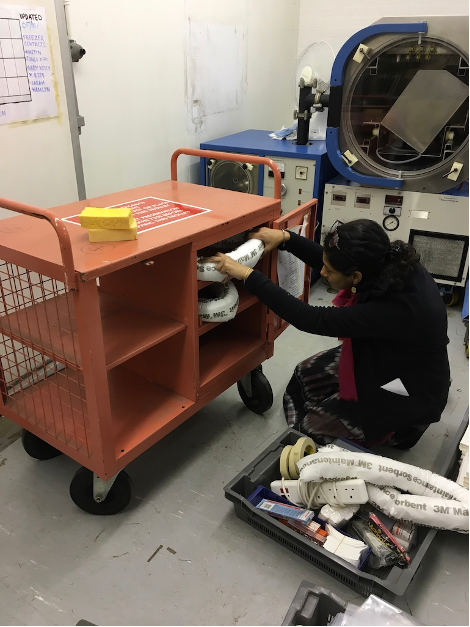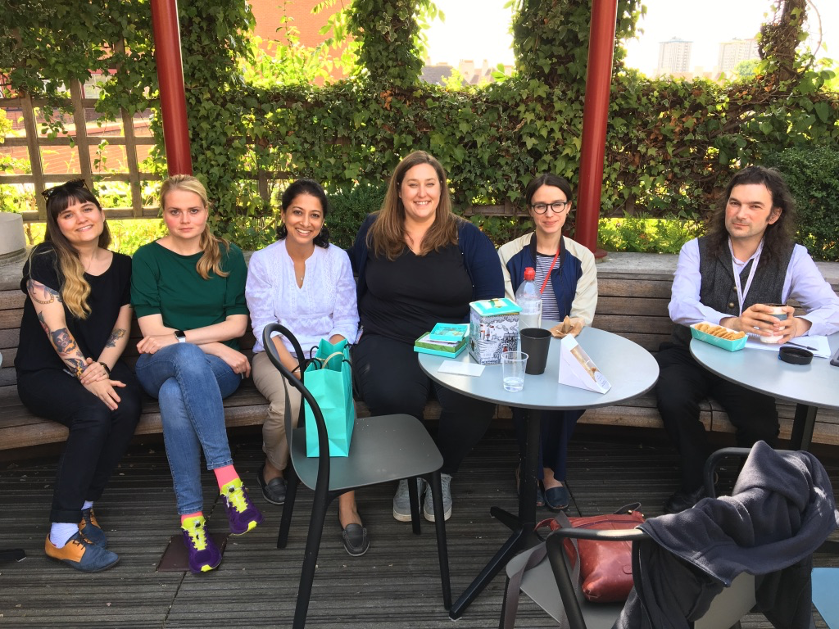Skill exchange programme at British Library, London
The joys of working closely with the art of great masters, often with the ageing-withering material remains the high point for any conservator as each artwork tends to reveal a different story of its own. As much as we enjoy working on these artworks, it is also important to be aware of the ever-changing priorities in the field with clearly shifting focus from treatment based conservation to preventive conservation. With growing interest of art museums, archives and collectors in developing a long term collection care plan for their collection, the training in this particular aspect is lacking of certain informed leadership in India and with timely inputs from the pioneers in the field, this gap can be filled. The CWIT grant was such sought after opportunity that made it possible for me to access the inroads towards some very intricate yet pertinent issues of the field.
The program catered as a holistic capsule, including not only the finest expertise in treatment based conservation, but maximized the scope of the visit by emphasizing the inculcation of complete collection care and management at the BLCC. The Centre for Conservation at British Library (BLCC) is one of the best-equipped facilities in the world with a team of highly qualified conservators. The conservation team supports the well-being of entire collection that includes an extensive array of material such as paper, printing or writing media, textiles, wood, modern materials, sculpture, paintings etc. The visit to BLCC provided an exposure to the vastness of this field, the key details of the collection care and management, its complexities and a conservator’s continuous struggle with the dynamics of standardising and policy-makinbodies.
The Conservation at the BLCC comprises 5 different teams i.e. Preventive Conservation, Collection care North, Conservation Science, Conservation treatment and digitisation support. All five teams work in collaboration with each other and across the BL on both Boston Spa and St Pancras sites. My program included sessions with teams working at St Pancras site and it was very beneficial to have met and interacted with almost all the members of the team.
All in all, the two weeks were fruitful in shaping my perspectives in global art conservation practices. This experience has been enormously enhancing and has undoubtedly honed my overall knowledge and skills in this field.




